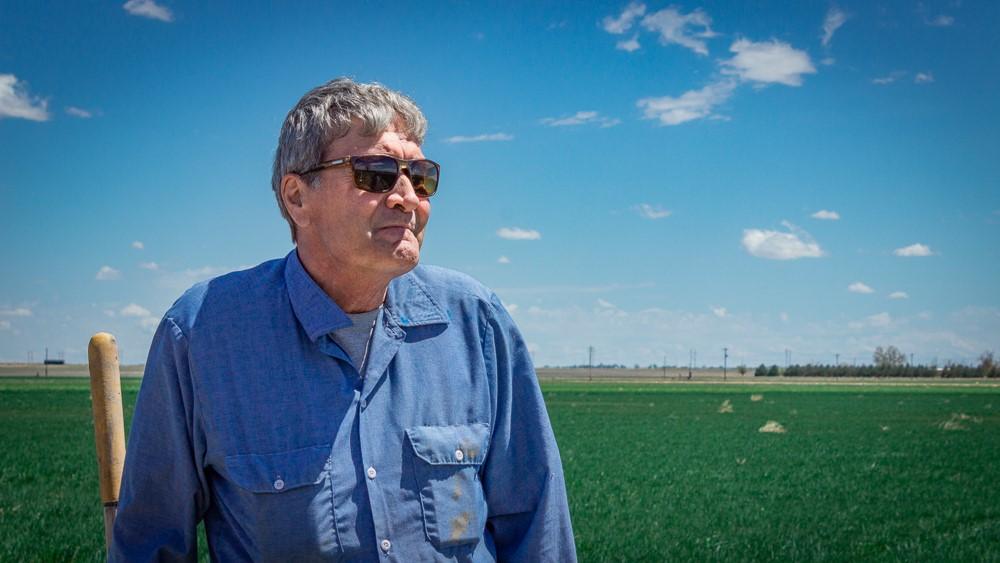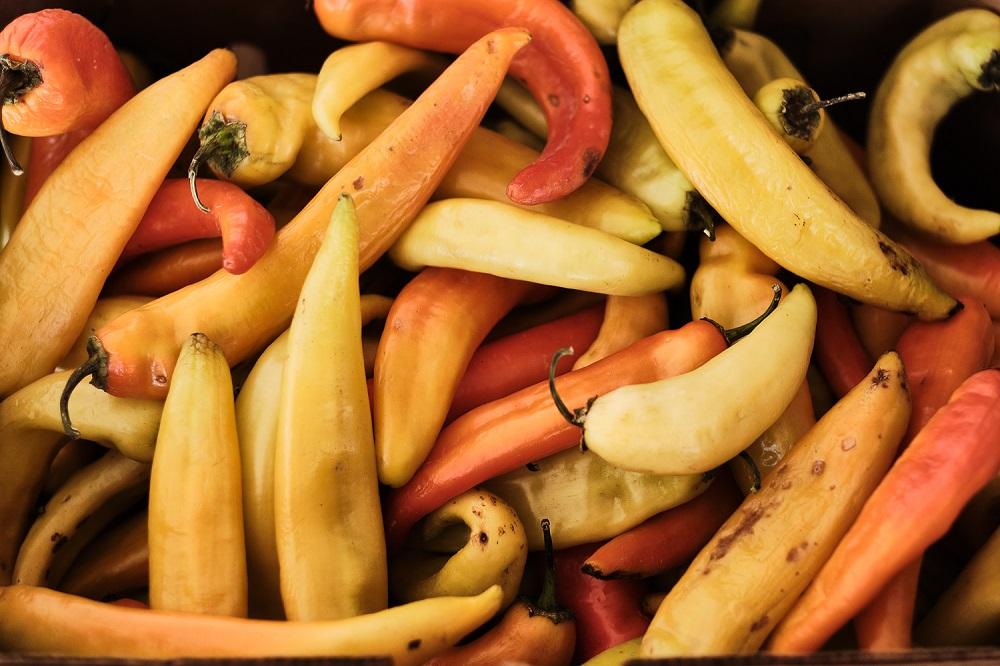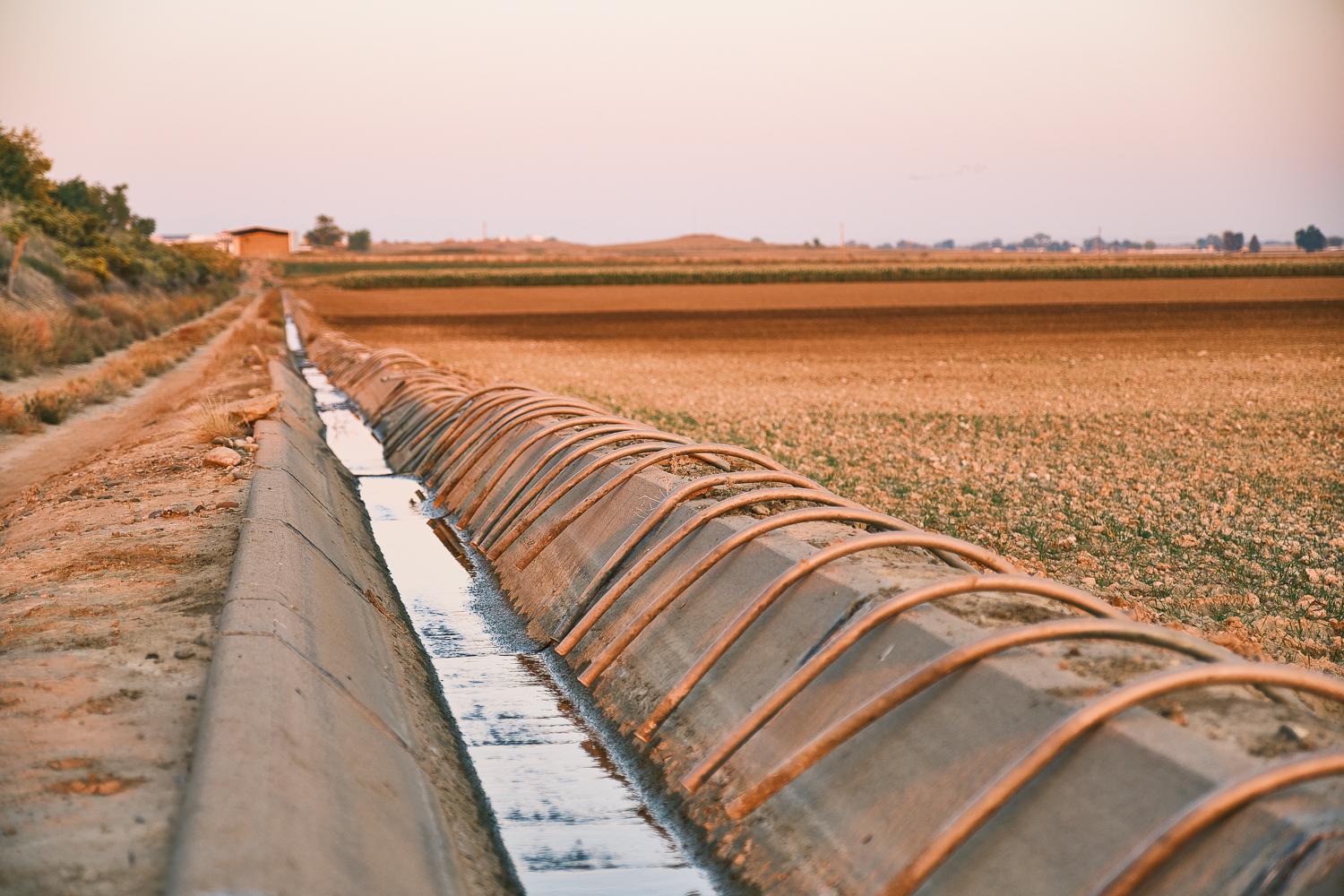As Colorado grows, protecting what makes our home special is vital.
Join us in conserving the land and water that unite us.
Crowley County once boasted more than 50,000 acres of some of the finest irrigated farmland in the West—green fields of alfalfa, barley, tomatoes, strawberries, cantaloupes, corn, and enough beet fields to support a sugar factory in Sugar City. Orchards once covered more than 4,000 acres between Olney Springs and the town of Crowley. Prosperity flowed through local agriculture irrigated with local water and mountain water supplied by the Twin Lakes Reservoir and Canal Company, paid for by Crowley County farmers and headquartered in Ordway.
Agricultural development eventually outpaced the water supply, and in 1935, the Twin Lakes Company completed a $2 million water project that delivered West Slope water to Crowley County via the Arkansas River. The new water source kept Crowley County farms producing until the 1970s, when bad weather, bad luck, technology, farm consolidation, and economics created a perfect storm that would irreversibly transform the county.
Matt Heimerich, former senior water advisor with Palmer Land Conservancy, is one of the few farmers still nurturing the land in Crowley County. He recalls key events that eroded the prosperity of the local community. As smaller farms were being consolidated into larger operations, the Crowley Land and Development Co. bought around 20,000 acres of farmland and associated water rights. “They lasted a couple of years,” Heimerich says, “then sold off the water. It happened very fast.” Through further water sales, Front Range cities ended up with 95 percent ownership of the Twin Lakes Canal and Reservoir Co., “the heart of the system” that brought prosperity to Crowley County.




Today, after decades of “buy and dry,” less than 5,000 irrigated acres remain green in the county. More than 90 percent of the once-fertile farmland is now brown, dusty, and lifeless except for tumbleweeds the likes of which have been known to shut down a local stretch of highway. The sugar plant closed 53 years ago, and Heimerich says its demise exemplifies the economic ripples of buy and dry because many farmers worked at the factory during the winter months. As the farmland dried up, so did jobs as well as revenue for local businesses, municipalities, and school districts, leaving the county with a poverty rate above 40 percent.
Crowley County’s misfortune reveals the cascading effects of taking water off the land without adequately considering the broader consequences, and given Colorado’s population growth, buy and dry is essentially unavoidable. The challenge, then, is to “be mindful of how we dry things up,” says Rebecca Jewett, President and CEO of Palmer Land Conservancy.
Pueblo Board of Water Works’ 2009 acquisition of nearly a third of the Bessemer Ditch water rights makes the dry-up challenge imminent in Pueblo County. The Bessemer Ditch provides high-quality water to farms around St. Charles Mesa, Vineland, and Avondale. Designated as Farmlands of National Importance, these fields produce Pueblo chiles, corn, watermelons, onions, pinto beans, and a variety of organic produce.
Pueblo Water leased the water back to the farmers for 20 years, but at some point, the Board of Water Works will need the Bessemer Ditch water. Palmer commissioned a rigorous economic impact study, revealing that the water acquired by Pueblo Water irrigates the most productive acreage in eastern Pueblo County, says Jewett. Removing water from the best farmland means “the economic impact will be more than a third, so we could see an impending issue that could very quickly turn into a Crowley County-type situation.”
Recognizing the risks to Pueblo County communities, agriculture, and the local economy, Palmer began looking for innovative solutions that would keep the remaining Bessemer water on the best farmland. One critical component of Palmer’s efforts lies with the water court decree that changes the use of Pueblo’s water from irrigation to municipal uses. The decree established an innovative legal framework for moving water from marginal farmland to the most productive land, something that historically hasn’t been allowed.
Now, instead of fallowing some of Pueblo County’s most fertile land, farmers will be able to dry up less productive farmland and keep the best lands in production. Fallowed land can then be restored to a more natural state, enhancing native plant and wildlife communities.
Palmer’s Bessemer Farmland Conservation Project has been a complex undertaking, but Jewett says the project’s hard-won accomplishments are rooted in science and economics. “If you do things correctly, you can actually increase revenue.” Much remains to be done, but Palmer’s work with the farming communities affected by the loss of Bessemer water represents a significant milestone for preserving local agriculture even as Front Range cities look to acquire more water for their growing populations.
In 2020, Palmer Land Conservancy commissioned a cutting-edge Economic Impact Analysis to quantify the economic effects of a future large-scale dry-up of Bessemer farmland. View more information on this report.